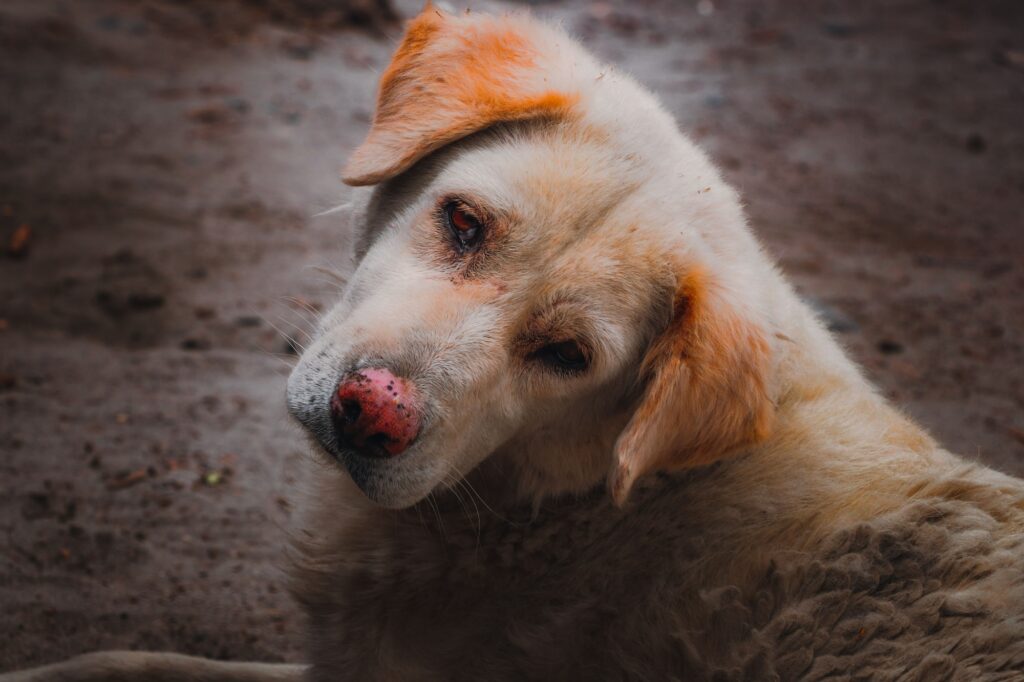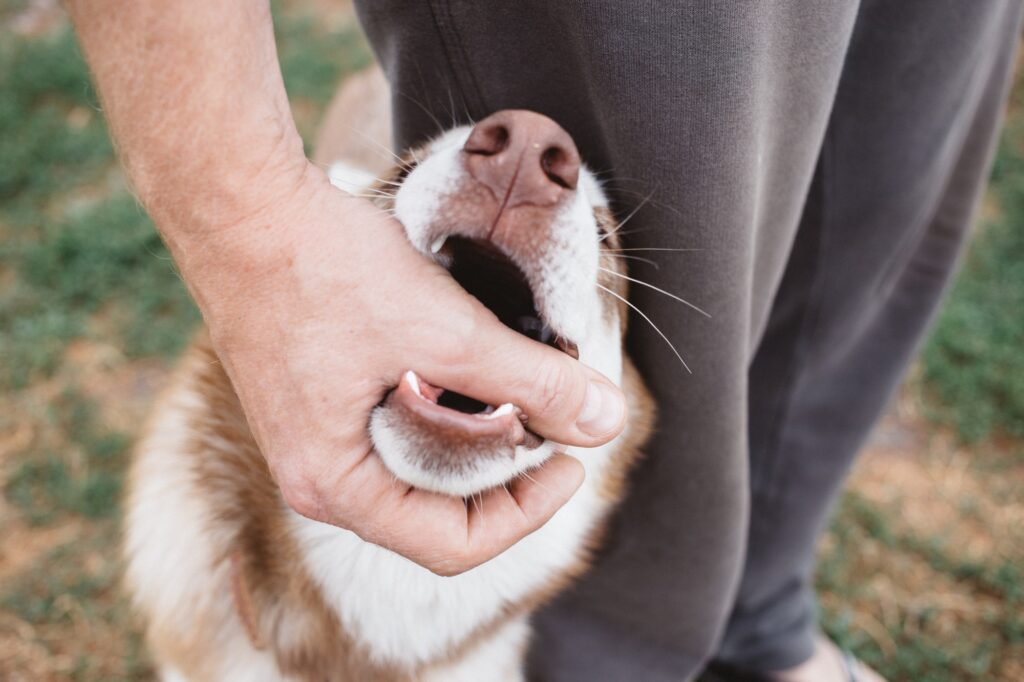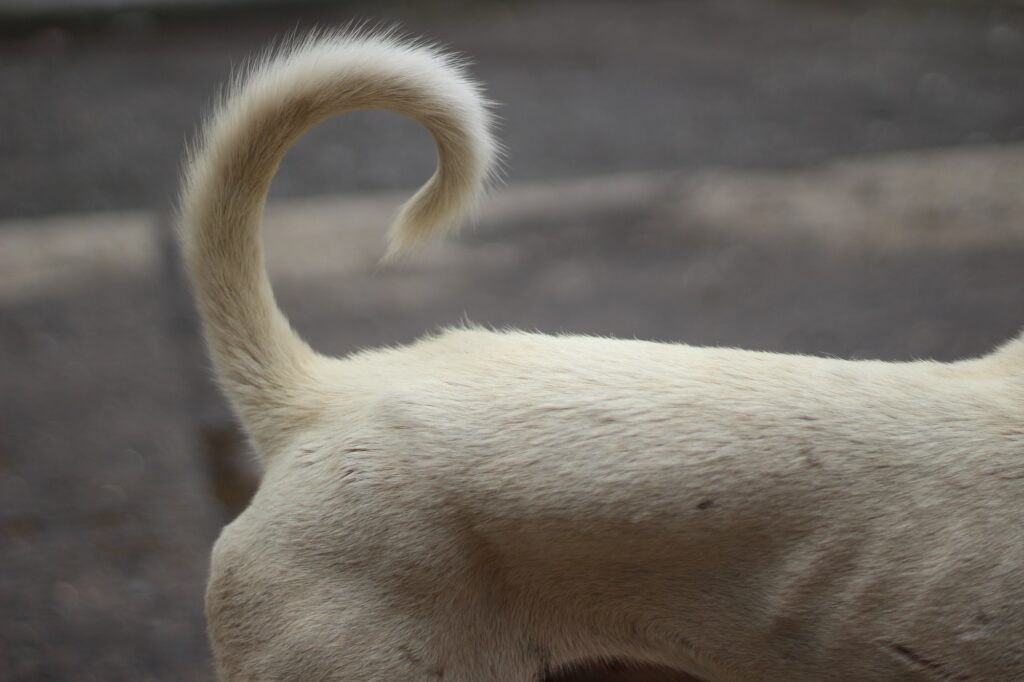Animal control services play a vital role in keeping our communities safe and ensuring the wellbeing of both people and animals. These dedicated professionals respond to a wide range of situations, from helping injured wildlife to managing dangerous animal encounters. Whether you’re dealing with a stray dog roaming your neighborhood, encountering potentially rabid wildlife, or witnessing suspected animal abuse, animal control officers are trained to handle these sensitive situations professionally and humanely. In this guide, we’ll walk you through everything you need to know about when and how to contact animal control services, what to expect during the process, and how these essential first responders help maintain harmony between humans and animals in our communities.
When to Call Animal Control
Before contacting animal control services, it’s important to understand which situations warrant their intervention. These trained professionals handle a variety of animal-related issues, but knowing when to call them ensures efficient use of their resources and faster response times for genuine emergencies. Below are the key scenarios that typically require animal control intervention, along with guidance on recognizing when a situation calls for immediate professional assistance.
Stray or Aggressive Animals in the Neighborhood
If you notice stray dogs or cats wandering through your neighborhood, particularly if they appear lost, aggressive, or in distress, it’s appropriate to contact animal control. These animals might pose risks to community safety, especially if they’re acting defensively or showing signs of fear. Stray animals could also be someone’s lost pets, and animal control officers are equipped to safely capture them, scan for microchips, and either reunite them with their owners or transport them to a shelter. Additionally, if you encounter aggressive animals that are threatening people or other pets, animal control should be contacted immediately. They have specialized training and equipment to handle potentially dangerous situations without causing harm to the animal or bystanders.
Suspected Animal Abuse or Neglect

Recognizing signs of animal abuse or neglect requires vigilance from community members. Warning signs that warrant contacting animal control include severely undernourished animals, pets left outside in extreme weather conditions without adequate shelter, animals showing signs of physical trauma, or pets living in unsanitary conditions.
Animal control officers are trained to investigate these sensitive situations, gathering evidence and documentation while following proper legal procedures. They have the authority to assess living conditions, interview property owners, and, if necessary, remove animals from dangerous situations. Remember that reporting suspected abuse could save an animal’s life, and most jurisdictions allow anonymous reporting to protect the identity of concerned citizens. It’s better to report a suspicion and be wrong than to ignore a potentially dangerous situation.
Wildlife Causing Problems in Residential Areas
When wildlife ventures into residential areas, causing disturbances or property damage, animal control services can provide professional assistance. Common scenarios include raccoons rummaging through garbage, deer damaging gardens, or bats roosting in attics. Animal control officers are trained to handle these situations using humane methods that protect both the animals and residents. They can assess the extent of the problem, implement appropriate deterrent strategies, and, when necessary, safely remove and relocate wildlife to more suitable habitats. It’s particularly important to contact animal control if you notice wildlife exhibiting unusual behavior, as this could indicate illness or rabies. Additionally, these professionals can provide valuable advice on wildlife-proofing your property and implementing preventive measures to avoid future encounters.
Injured Animals Requiring Assistance
Finding an injured animal can be distressing, but it’s essential to know that animal control services are specifically trained to handle these delicate situations. These professionals are equipped with specialized training and tools to safely handle and transport injured animals to veterinary facilities or wildlife rehabilitation centers. Common situations include animals hit by vehicles, pets with visible injuries, birds that have flown into windows, or wildlife caught in traps or fencing. Animal control officers can assess the severity of injuries, provide immediate first aid if necessary, and ensure the animal receives appropriate medical care. It’s important to remember not to attempt handling injured animals yourself, as they may react aggressively due to pain and fear, potentially causing harm to well-meaning helpers. Instead, maintain a safe distance, keep the animal under observation if possible, and provide detailed location information to animal control services.
Animal Bite Incidents
Animal bite incidents require immediate attention from animal control services, as they pose serious health and safety risks to both victims and the community. When an animal bite occurs, animal control officers play a crucial role in investigating the incident, identifying the animal responsible, and implementing appropriate quarantine procedures to monitor for rabies.

They document the circumstances of the bite, collect witness statements, and verify the animal’s vaccination history. This documentation is essential for medical professionals treating the victim and may be required for insurance or legal purposes. Animal control officers also assess whether the biting animal poses an ongoing threat to public safety and may take measures such as mandatory containment or behavioral evaluation. In cases involving domestic pets, they ensure owners comply with local regulations regarding bite incidents, which often include temporary quarantine periods and additional vaccination requirements.
The Process of Calling Animal Control
Understanding how to properly contact and interact with animal control services can make a significant difference in resolving animal-related issues efficiently. When you need to call animal control, following the correct procedures ensures that officers can respond promptly and effectively to your situation. This section will guide you through the essential steps of contacting animal control services, from finding the right phone number to knowing what information to provide and what to expect during and after your call.
Finding the Correct Contact Number for Your Area
The first step when you need animal control assistance is to locate the correct contact number for your area. Animal control services are typically managed at the city or county level, and the contact information can vary depending on where you live. It’s a good idea to look up your local animal control department online, check your city’s official website, or consult community resources such as the non-emergency police line. Having the right number on hand ensures that your call reaches the appropriate team quickly, allowing them to respond as efficiently as possible to your situation.
Information You’ll Need to Provide
When contacting animal control, be prepared to provide clear and detailed information to help officers respond effectively. You should describe the type of animal involved, its current behavior, and the location of the incident as precisely as possible (including nearby landmarks or addresses). If the animal is injured, aggressive, or acting strangely, mention those details. Providing information about how long the animal has been present, whether it belongs to someone in the area, and if anyone is in immediate danger will help animal control prioritize the response. Your contact information may also be requested in case officers need to follow up for more details, but anonymous reporting is often available for sensitive situations.
What Happens During the Initial Call
During the initial call to animal control, a dispatcher or officer will listen carefully as you describe the situation. They may ask clarifying questions to determine the urgency and specifics, such as the type of animal involved, its behavior, your location, and whether anyone is in immediate danger. The goal is to gather enough information to assess the situation accurately and decide on the appropriate response. The dispatcher will also provide you with instructions on what to do while waiting for help, such as keeping a safe distance from the animal or staying on the line if the situation is critical. This initial exchange ensures that animal control officers are fully prepared when they arrive on the scene and helps ensure a swift, effective resolution.
Expected Response Times

Response times for animal control services can vary depending on the urgency of the situation, local staffing levels, and current call volume. In emergencies—such as animal attacks, aggressive animals threatening public safety, or injured animals in distress—officers are typically dispatched as quickly as possible, often within minutes to an hour.
For less urgent situations, like stray animal reports or nuisance wildlife calls, response may take several hours or even up to a day, depending on the department’s workload and available resources. It’s important to provide clear and accurate information when calling, as this helps dispatchers prioritize calls and ensures the fastest possible response for critical cases.
What Animal Control Officers Do
Animal control officers serve as the frontline responders for animal-related issues in our communities. Their responsibilities go far beyond simply capturing stray animals—they are trained professionals who assess situations, ensure public and animal safety, and enforce local and state laws regarding animal welfare. In this section, we’ll explore the various roles and duties animal control officers fulfill, the protocols they follow to ensure safety, and how their work contributes to maintaining a peaceful coexistence between people and animals.
Assessment of the Situation
When animal control officers arrive on the scene, their first priority is to carefully assess the situation to ensure the safety of everyone involved—both people and animals. They observe the animal’s behavior, body language, and environment to determine whether it poses an immediate threat or is in distress. Officers also gather information from witnesses or the person who reported the incident to get a full understanding of what led up to the current situation. This initial assessment helps them decide on the safest and most effective approach, whether that means using humane traps, protective equipment, or calling in additional support for more complex cases. By taking the time to thoroughly evaluate the scene, animal control officers can respond appropriately and minimize risk for everyone involved.
Safety Protocols they Follow
Animal control officers strictly adhere to established safety protocols to protect both themselves and the animals they encounter. Before engaging with any animal, they assess the environment for potential hazards and don personal protective equipment such as gloves, bite sleeves, and, when necessary, face shields or catch poles. Officers are trained to approach animals calmly and methodically, minimizing stress and preventing unpredictable behavior. They also use humane capture tools and techniques to safely restrain animals, avoiding unnecessary force or harm. In situations involving potentially dangerous or aggressive animals, officers may coordinate with law enforcement or other emergency responders to ensure public safety. By following these protocols, animal control professionals can effectively resolve incidents while reducing risks for everyone involved.
How they Handle Different Types of Animals
Animal control officers are skilled in handling a wide variety of animals, from domestic pets like dogs and cats to wildlife such as raccoons, squirrels, birds, and even reptiles. Their approach varies depending on the species, the animal’s size, behavior, and the specific situation. For domestic pets, officers often use leashes, humane traps, or catch poles, and may attempt to scan for microchips to identify owners.

When dealing with wildlife, they use specialized equipment and prioritize non-lethal, humane capture and relocation methods, always aiming to minimize stress and risk to both the animal and the public. In cases involving exotic pets or potentially dangerous animals, officers may coordinate with local experts or wildlife rehabilitators to ensure safe and effective handling. Adaptability and in-depth knowledge of animal behavior are key, allowing officers to choose the safest and most compassionate methods for each unique encounter.
Documentation and Reporting Procedures
Documentation and reporting are critical components of animal control operations. After responding to an incident, officers meticulously record all relevant details, including the type of animal involved, the circumstances of the encounter, actions taken, and the outcome. This documentation may involve written reports, photographs, and, when necessary, collection of physical evidence. Accurate reporting ensures accountability, supports any necessary legal proceedings, and helps track trends or recurring issues within the community. These records are also essential for follow-up investigations, informing future policy decisions, and maintaining transparency with the public regarding animal control activities.
A Community Commitment to Animal Safety
Animal control services play a vital role in maintaining the safety and well-being of both people and animals within our communities. Their expertise, compassion, and swift response not only protect public health but also ensure that animals in distress, danger, or causing problems receive appropriate care and intervention.
By recognizing situations that require professional assistance and knowing how to contact animal control, community members can help create safer neighborhoods and promote responsible animal stewardship. Supporting and respecting the work of animal control officers is essential for fostering a harmonious relationship between humans and animals, ultimately making our communities better places for everyone.
